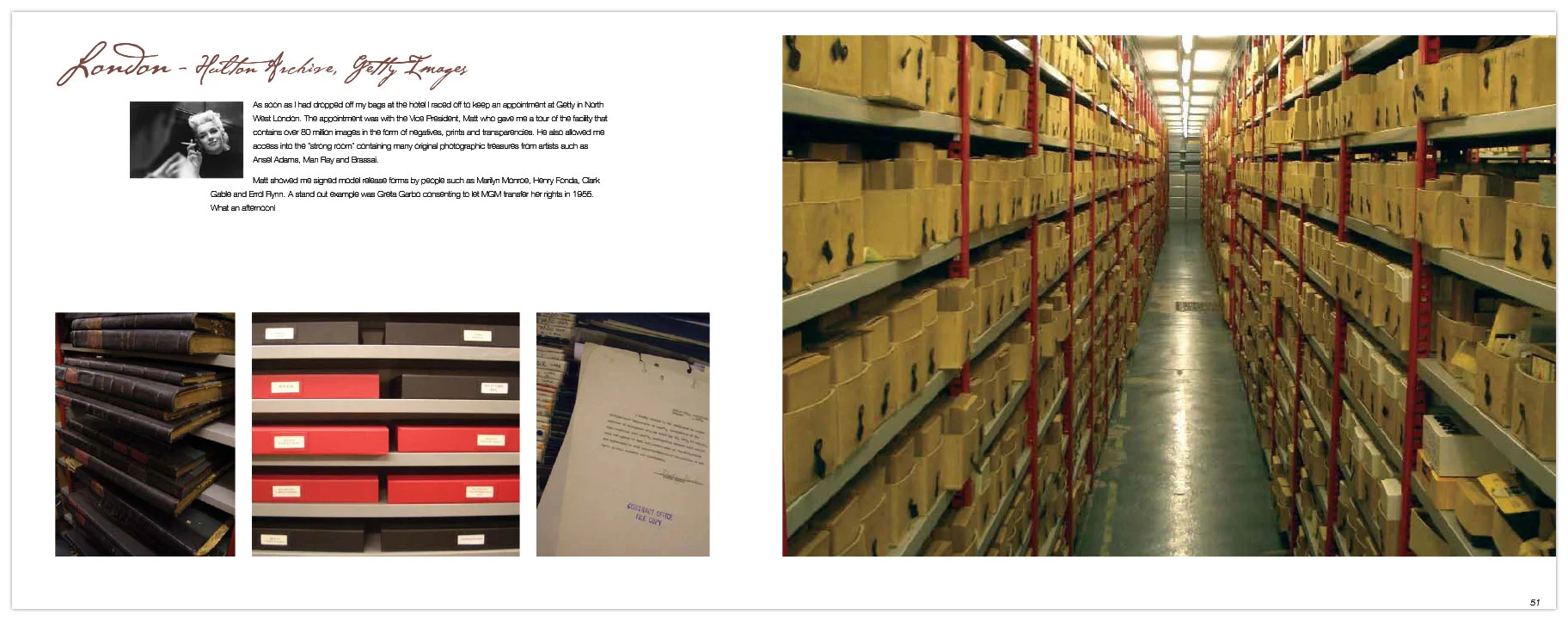This trip was my second to Florence and this time I was there to learn how to paint portraits using the sight size technique that stems directly from the leading ateliers of nineteenth century Paris.
Sight-size as a portrait practice has been used by masters since the seventeenth century, including artists such as Reynolds, Lawrence and Singer-Sargent.
In the evenings we had slide lectures by Charles himself or life studies where we would be required to draw a model in a series of five minutes poses.
After a week of painting it is plain to see that I had a long way to go. Below are comments from Charles...
For Nestor’s portrait.
“Why did you do that?” “The forehead is too short” “The skin colour is too orange”, “The background is the wrong colour”, “The Nose is too big”, “Head wrong shape”, “Eye highlights too much”, “Ears too big” and “Mustache looks stuck on”. Otherwise OK.
For Vincenzo’s portrait.
“Don’t shoot until you see the whites of their eyes”, “The forehead is too wide”, “The skin colour is too orange”, “The background is the wrong tone”, “The Nose is too long”, “Head wrong shape”, “Eye highlights are crazy”, “The ear is too big”, “Mouth too low”, “Mouth on wrong angle” and “Neck too pronounced”. Otherwise OK.





The final portraits of Nestor and Vincenzo.













